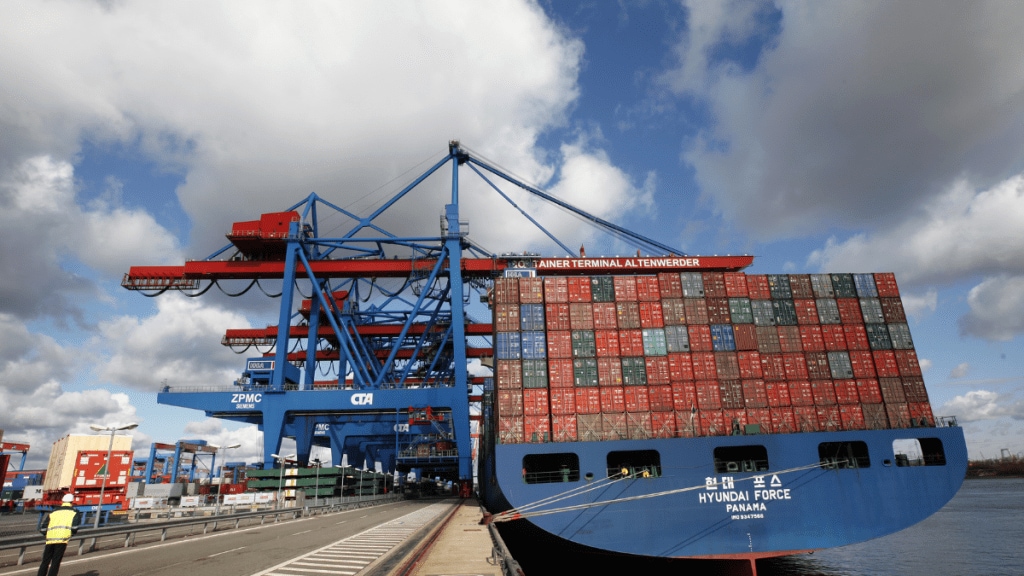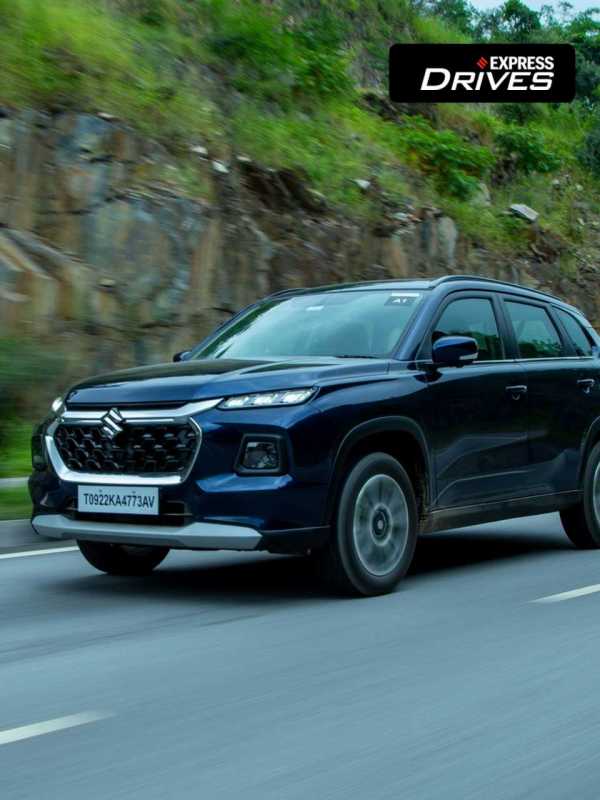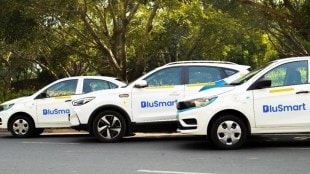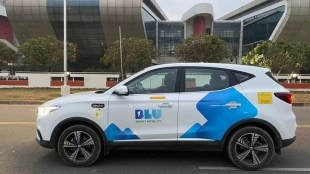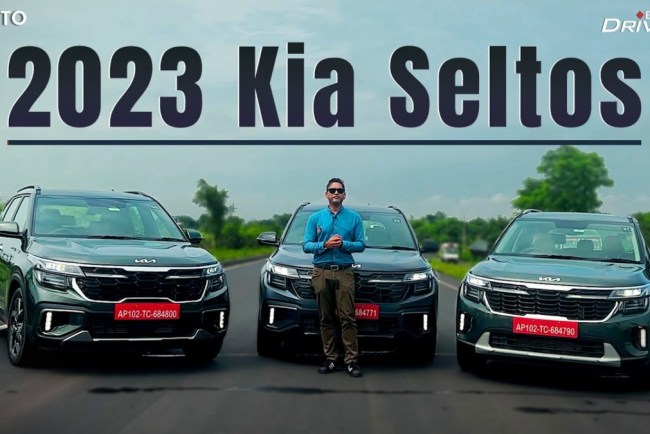By: Ankita Mittal
The last mile has remained among the most challenging and the most expensive part of the entire supply chain due to restrictions of geography. According to CapGemini Research, last mile delivery can account for as much as 41% of the overall supply chain costs, hence a pressure on the logistics carriers to reduce such key last mile costs. This being the case, by the year 2025 artificial intelligence has emerged as the major facilitating factor that is helping such deliveries to be done faster and at a lower cost while at the same time smarter and sustainable. These include the choice of the right route through the use of route optimization algorithms to autonomous vehicles and interactive applications including chatbots. In this article, we identify a number of trends that can be considered as the most promising in the logistics sector.
Route Optimization
The most important use of AI in last mile logistics has to do with route optimization. Classically, the route was planned based on fixed traffic conditions, the intuition of the drivers and heuristic-based scheduling. However, in the current world where traffic jams are on the rise and the consumer demands are ever rising, such models are incapable of providing real time adjustments to factors such as traffic accidents, road closure and changes in weather patterns.
In these developing years, such technologies are being slowly adopted by e-commerce giants as well as other small and medium logistic companies, and drivers are now a days allowed to do what they do best i. e. use AI based navigation to find their way through the congested urban areas and deliver the parcels to the doorsteps faster.
Furthermore, optimization will not only stop at road deliveries. With AI, these can combine various modes of transport that include vans, bicycles, and even pedestrian couriers to ensure that each parcel is delivered by the most appropriate mode of transport. This approach has been enhanced with the help of AI in order to reduce traffic congestion, carbon footprint and the overall costs of transportation.
The Evolution of Autonomous Delivery Vehicles
In the future, the last mile delivery will be integrated with autonomous technology through the use of AI-based drones, robots, and self-driving cars. Current examples include, for instance, large companies like Walmart and Amazon that have used drones to deliver small packages to the consumers’ homes within a timeframe of 30 minutes or less. Others have started up a number of new companies, and also established logistics companies are trying out with ground-based robots and driverless vans which can move on the sidewalks or almost empty streets.
Nevertheless, there is a serious advantage for the business, and that is, such autonomous solutions work 24/7. It is also very much possible to avoid traffic congestion by using the roads during off-peak hours in otherwise hard-to-reach areas. And other issues, like the ability to understand and avoid obstacles, will also continue to evolve as AI technologies improve for deployment in large numbers. It is reasonable to expect that by 2025, there will be more robotic systems that deliver packages of goods to the selected urban areas.
Real-Time Tracking and Transparency
The modern consumer wants to know every detail of how their purchases are being delivered from the warehouse to their doorsteps. Real-time tracking solutions are enhanced by AI to provide visibility by collecting and analysing large quantities of location and condition data. The third and fourth-order companies are installing AI-driven sensors and IoT devices that not only provide real-time location information but also track parameters such as temperature, humidity and tampering.
Customers can also receive alerts when the shipment is delayed or when it will be delivered – this helps in minimizing the number of ‘Where is my order?’ questions that are made to the company as well as allowing for swift intervention in case of any inconvenience to the customers and increasing their trust.
Smart Demand Forecasting through Predictive Analytics
This is not a new concept in the logistics industry but AI improves the accuracy and usefulness of demand forecasting. The conventional methods of forecasting consider factors such as seasonal variations, marketing activities, and even local events to come up with future demands. Using order data, inventory levels, or real-time market data as input these models can calculate how many deliveries might be needed and where the hotspots are. It is in the optimization that we are able to address issues such as driver shortage and inventory concerns that may affect the last mile delivery.
Improving Customer Experience through AI
The standards of the customers for the customer service are rising and thus the AI-powered chatbots are becoming a common trend. Intelligent personal assistants are no more limited to answering FAQs and solving contextual problems, they are intelligent. In last mile delivery for instance, information on packages is updated in real time when using AI chat bots for example, suggestions on rescheduling delivery in case the recipient is not available at the home address, and assisting in processing Return or ReRoute requests.
For the logistic providers it will be beneficial in the following way: on the one hand, it is possible to increase customer satisfaction level due to the ability of the system to offer real time support to the customers and thus relieving the burden on the human customer service agents to attend to the most complex or sensitive issues. Such chatbots could respond to most of those general delivery related concerns that people may have; from apartment buzzer codes to gate pass details.
Sustainability driven by AI
From what was once a corporate slogan, sustainability is fast becoming an actual business strategy owing to increasing global environmental concerns. By controlling the routes of delivery, the vehicles are able to take the most efficient route thus minimizing the carbon footprint while at the same time optimizing for load capacity utilization. Currently, the trend of the last mile delivery is the electric vehicle, and the route planning systems which support the identification of the charging station location and the route planning.
It also makes it easier to control the load, thanks to predictive analytics, and coordinated vehicle routing to ensure that trucks are loaded to their full capacity without overdoing it, thus reducing the number of trips made. But that is not where the ends stop at reducing pollution; with efficient fleets, companies also reduce fuel usage, maintenance, and driver hours thus improving the bottom line.
Challenges and the Road Ahead
When discussing the exclusive benefits of using artificial intelligence in the last mile delivery only, one can list a number of challenges that remain to be mentioned. The issues that surface include privacy: It will be collecting more data at an exponentially faster rate and in real time both from the drivers to the customers. This is especially so because there are a number of legal and regulatory issues that have to do with, for instance, self-driving cars since the laws on the same vary from one municipality to another, hence hampering the testing or implementation of the same; normally, AI pilots require a lot of initial investment in terms of infrastructure, talent, and training, and such infrastructure is usually expensive and may be out of reach to small or medium sized logistics providers.
In the coming year, the last-mile delivery model using artificial intelligence will be more flexible, more effective, and more customer-focused. Optimising the routes to ensure that less time and fuel is spent on the delivery, together with the next generation of driverless vehicles and the increased use of time slots operating 24 hours a day, seven days a week will increase the level of customer interaction and cooperation with chatbots. Also, artificial intelligence will enable businesses to reduce their carbon footprint, which is now a major business goal, without compromising speed or profit.
The future of last mile delivery is not only about delivering packages to the doorsteps within the shortest time; it is also about delivering value, transparency, and sustainability for all the stakeholders as the logistics sector moves into 2025.
The author is CEO, Enhanced Innovations
Disclaimer: The views and opinions expressed in this article are solely those of the original author. These views and opinions do not represent those of The Indian Express Group or its employees.


